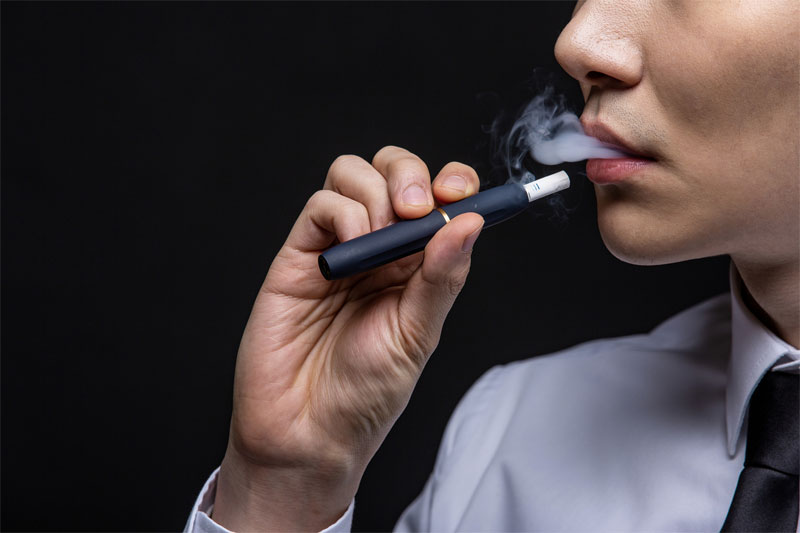In recent years, China has become a significant player in the global e-cigarette market. As the world approaches 2025, updates on China’s e-cigarette import regulations have become a topic of interest for industry leaders and consumers alike. Understanding the intricacies of these changes is crucial for businesses and individuals involved in the import and distribution of e-cigarettes.
Understanding China’s E-cigarette Landscape
China has always held a unique position in the world of e-cigarettes, being both the largest manufacturer and a growing market for consumption. As regulations evolve, stakeholders must stay informed about shifts in import laws. The year 2025 is expected to bring significant changes aimed at controlling quality, ensuring safety, and promoting responsible consumption.
Why the Change in Regulations?

There are several reasons for these updates in import regulations. Primarily, there’s an ongoing effort to ensure consumer safety and quality assurance. As the e-cigarette market expands, so do the challenges related to products flooding the market. New regulations will address these concerns by imposing stricter import controls and standards. Additionally, there’s a nuanced attempt to balance market growth with public health policies.
Import regulations are also shaped by technological advancements within the e-cigarette industry. With new products continuously emerging, regulatory bodies need to adapt quickly to meet new technological standards. This ensures that only products compliant with current safety and quality requirements reach consumers.

Another factor influencing regulation changes is the environmental impact. The production and disposal of e-cigarette components can be harmful, prompting regulations that aim to minimize ecological damage.
Key Aspects of 2025 E-cigarette Import Regulations
- Stringent Quality Control Measures: All imported e-cigarettes will have to comply with rigorous safety standards before entering the Chinese market.
- Enhanced Testing Procedures: Companies will need to adhere to improved testing protocols to ensure consumer safety.
- Compliance with Technological Standards: As technology evolves, so will the standards that products must meet, ensuring innovative but safe consumption.

The import regulation updates are not just about ensuring safety but also protecting local industries. By regulating imports, China aims to bolster domestic e-cigarette manufacturers, encouraging competitive yet fair practices.
What Does This Mean for Importers?
For importers, the 2025 regulations mean adapting to new compliance requirements. Companies must prepare for comprehensive documentation processes, demonstrating their products meet new standards. This shift may also require fostering relationships with accredited testing agencies and continuous monitoring of regulatory updates.
Moreover, import businesses will need to invest in understanding the local market and consumer needs—focusing on products that align with local tastes, preferences, and regulatory requirements.
FAQs
How will these regulations affect e-cigarette pricing in China?
Increased compliance requirements might drive up production costs, potentially leading to higher consumer prices. However, market competition could help stabilize prices in the long term.
What are the consequences of non-compliance?
Non-compliance with the import regulations can result in significant fines, a ban on sales, or enforced product recalls, affecting brand reputation and financial standing.
Are these regulations permanent?
The 2025 regulations are a step towards a more structured framework. However, they are subject to amendments based on further industry developments, consumer feedback, and technological advancements.